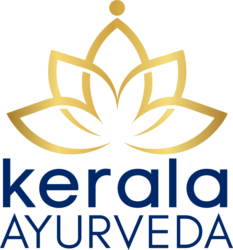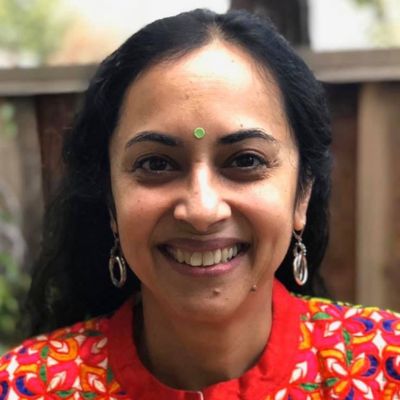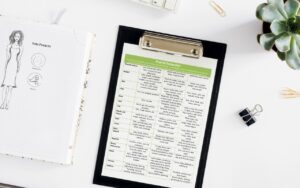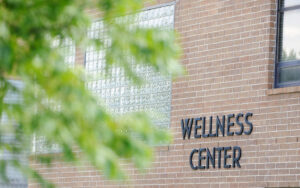“Pulse resides on the fingertips of the Vaidya, not on the radial artery of the client – and Ayurvedic Professionals live on their fingertips!” says Vaidya. Jayarajan Kodikannath, Kerala Ayurveda Academy Director and Lead Faculty teaching Pulse Assessment.
What is pulse assessment?
Pulse Assessment in Ayurveda and TCM (commonly used in Acupuncture) is a major diagnostic technique. Similar to Western medicine – listening to the heartbeat with a stethoscope and checking pulse – it serves as a quick, non-invasive assessment method used by trained health care professionals.
For thousands of years, multiple levels of the pulse or Nadi have been used in Ayurveda. Pulse assessment holistically interprets the individual’s constitution, imbalances, and mental/physical health. Ancient texts like Sharangdhar Samhita mention pulse analysis, while Yogaratnakar provides a detailed description of this science carried forward as part of the traditional lineage of Ayurveda. Emphasis of pulse assessment varies amongst practitioners and schools of thought may vary.
Some Ayurvedic Doctors (or Vaidyas) may focus mainly on the pulse examination; but at Kerala Ayurveda Academy, we educate our students to use pulse as one of many assessment tools.
We receive lots of questions from prospective students about pulse assessment training. Here are the top Q&As to help you understand what it is and what it’s not. We also share how you might be able to use it in your Ayurvedic practice.

How is pulse assessment practiced?
Sitting across from Vaidya. Sheena, the student, closes her eyes. At a class practical, she’s gone through a health intake and is now having her pulse assessed. Vaidya. Sheen listens to the pulse and begins to tell its story: the student has a tendency to be over productive and burn out. To be more specific, she will follow up over productivity by sitting around like a couch potato, and even more specifically, binge watch shows. Vaidya. Sheena also confirms her irritable bowel symptoms to round off this assessment.
Much is revealed during pulse assessment
The vibration of the radial artery can reveal seven layers downwards to ascertain health, disorders and even their prognosis.
The other layers reveal:
- Imbalances (Vikrati)
- Balance of the Subdoshas
- Metabolic fire strength (Agni)
- Toxicity levels (Ama)
- Status of organ systems and tissues (Dhatus)
The deep pulse indicates Prakriti (body constitution).
The Ayurvedic professional is trained to hold the client’s hand and feel for the pulse with their index, middle and ring fingers. Each respective finger feeling for the Vata (snake), Pitta (frog) and Kapha (swan) pulse, dubbed as such because of their characteristic rhythms.
When to take the pulse
Pulse is often assessed following the health intake during a routine assessment as the client is usually more relaxed at that time. The pulse often confirms findings and may provide additional subtle insights for the Vaidya. Some Vaidyas primarily use the pulse, others may not, depending on their approach, experience and paucity of time.


Can a pulse assessment provide all the information needed in an Ayurvedic exam?
Vivan is a quiet teenager. He sits with his Mom across from the Vaidya for a consultation (read more about what happens in an Ayurvedic consultation on our Wellness site). It feels like he’s relating the story of his life: his daily routines, diet and lifestyle, bowel habits, ailments, and his genetic, physical, physiological, psychological and social history. He sticks out his tongue, shows his nails, and bursts into laughter as the Vaidya takes his pulse (he’s ticklish!).
Ayurveda examines the entire person, rather than piecemeal symptoms. It assesses the root cause of disorder and disease.
Types of assessment
When you could go to an Ayurvedic professional with IBS or knee pain, for example, there is a standardized 3-step assessment including questioning, observation and touch – which includes pulse. Another type of assessment is the eightfold method, which looks at attributes like pulse. tongue, eyes, skin etc. A ten step examination also includes constitution evaluation, imbalances, age, physical strength and more.
All of these assessment methods and steps help a practitioner to understand the client’s total state of health. A thorough case analysis leads to a comprehensive protocol with dietary and lifestyle guidelines, formulations, suggestions for pacification or cleansing as needed and follow-ups.
Limitations of pulse assessment
While pulse assessment can technically provide all the information needed to assess an individual’s constitution and imbalance, relying on pulse alone is not necessary. There are some scenarios when taking a pulse is not viable. For example: virtual consultations, in areas where an individual is not legally able to touch their client (this varies based on state in the U.S.), and in special circumstances such as the recent COVID-19 pandemic. There are also times when pulse assessment is not recommended, such as right after a meal. That’s why it’s important to utilize all the assessment tools available, including detailed case history review and examination of the client’s eyes, nails and tongue.



What are the advantages of pulse diagnosis?
Pulse is the rhythmical movement of blood as it is propelled through the arteries by the heart. Measuring the pulse provides important information about your current health status and possible future health problems. Pulse diagnosis is beneficial as it:
- Is non-invasive and can indicate disorders without the use of x-rays, endoscopies and other diagnostic tests
- Helps assess digestive, metabolic strength and immune resistance
- Is a quick and subtle way to assess imbalances when there is paucity of time
- Is holistic in nature, factoring in both mental and physical health
- Provides insights when a physical assessment doesn’t help and a subtle one can indicate certain imbalances
- Provides clues on what further diagnostics may be required
- Predicts future disorders and can provide guidance on how to prevent them
- Indicates the prognosis of disorders; simple, chronic and/or incurable
- Exposes causative factors of a disease, helping map the cause to a management protocol
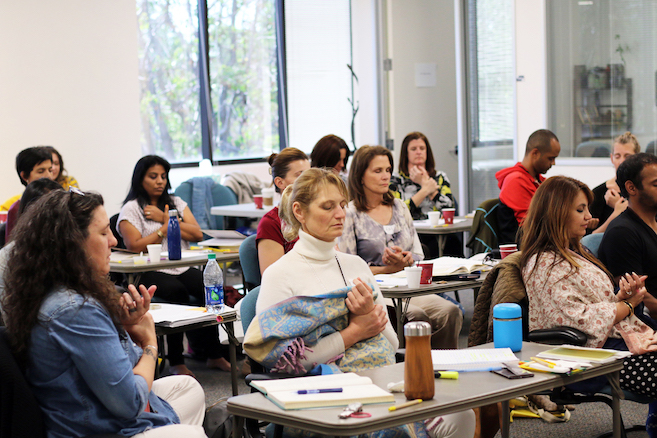

Want to learn more about Ayurvedic assessment and pulse diagnosis?
“To be able to tell a person’s health from their pulse is a skill, an art and a science; it is a privilege to study this from a Master Vaidya such as Jayarajan Kodikannath.” – Anuradha Gupta
The key to mastering pulse assessment is study, practice, practice and more practice. And that’s what you’ll do in our Ayurvedic Assessment and Pulse Diagnosis Workshop! In an action packed three days, we delve into Ayurvedic assessment, narrow in on pulse diagnosis and engage in live cases to understand the complete mapping of disease.
Learn more about our Ayurvedic Assessment & Pulse Diagnosis Workshop.
